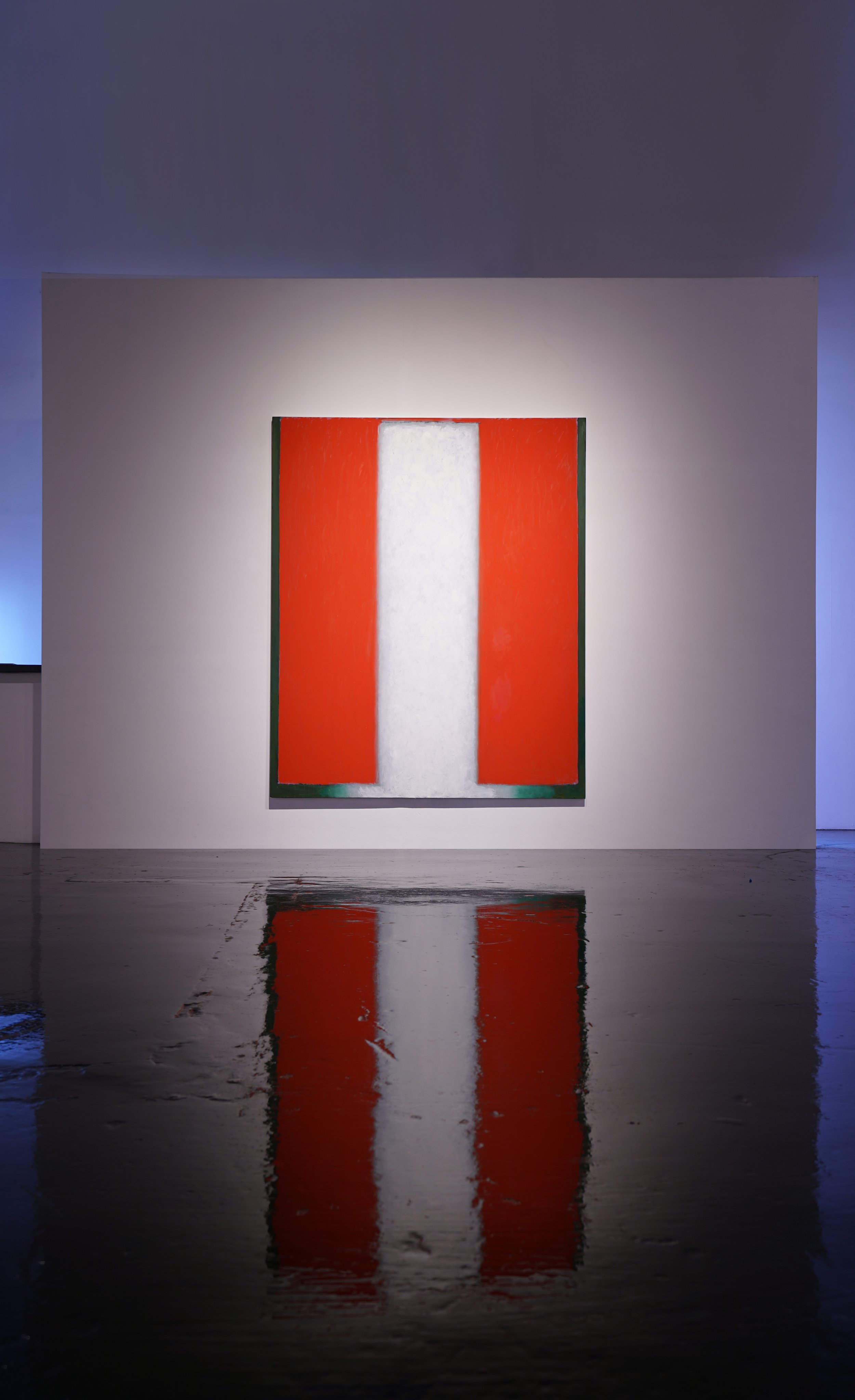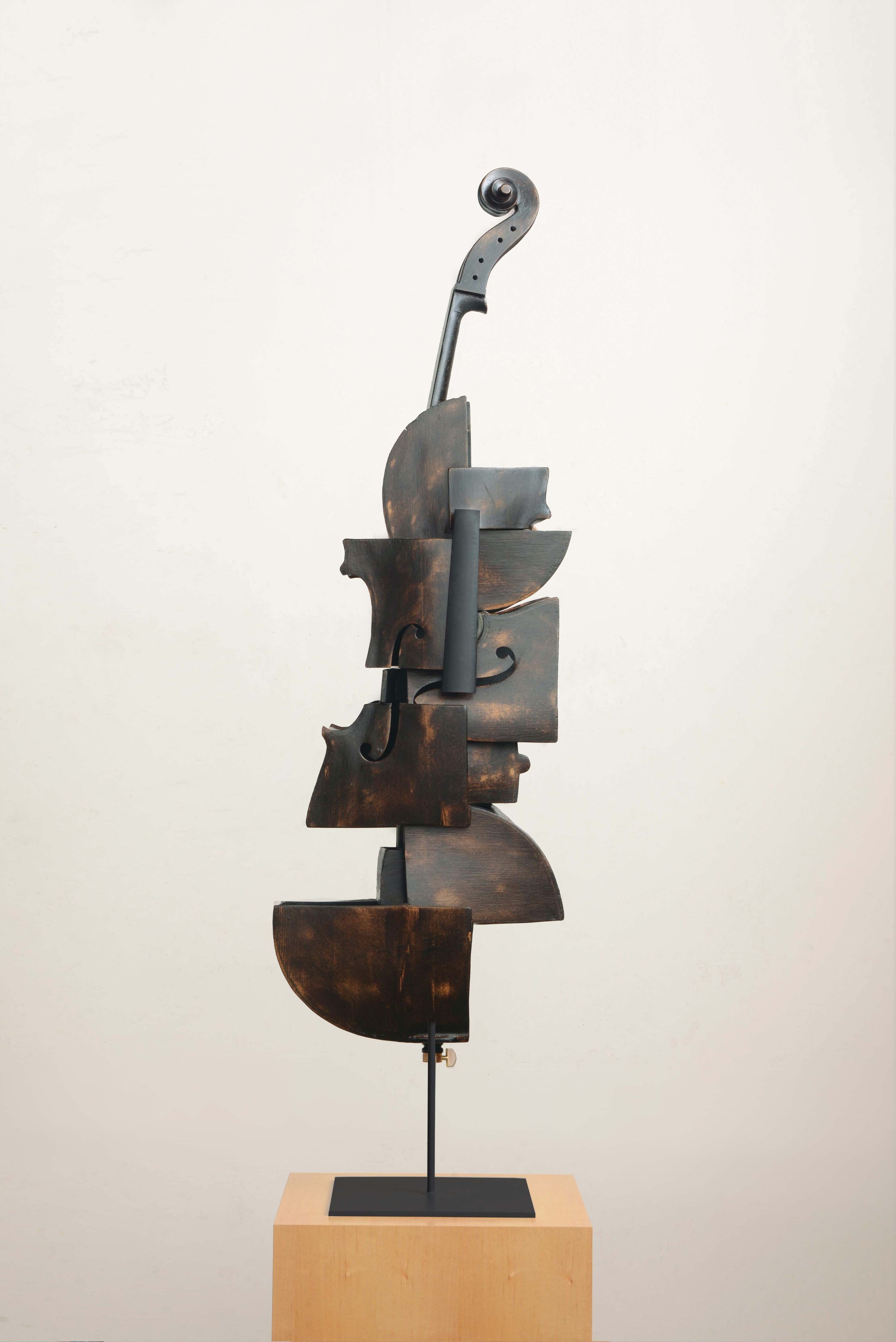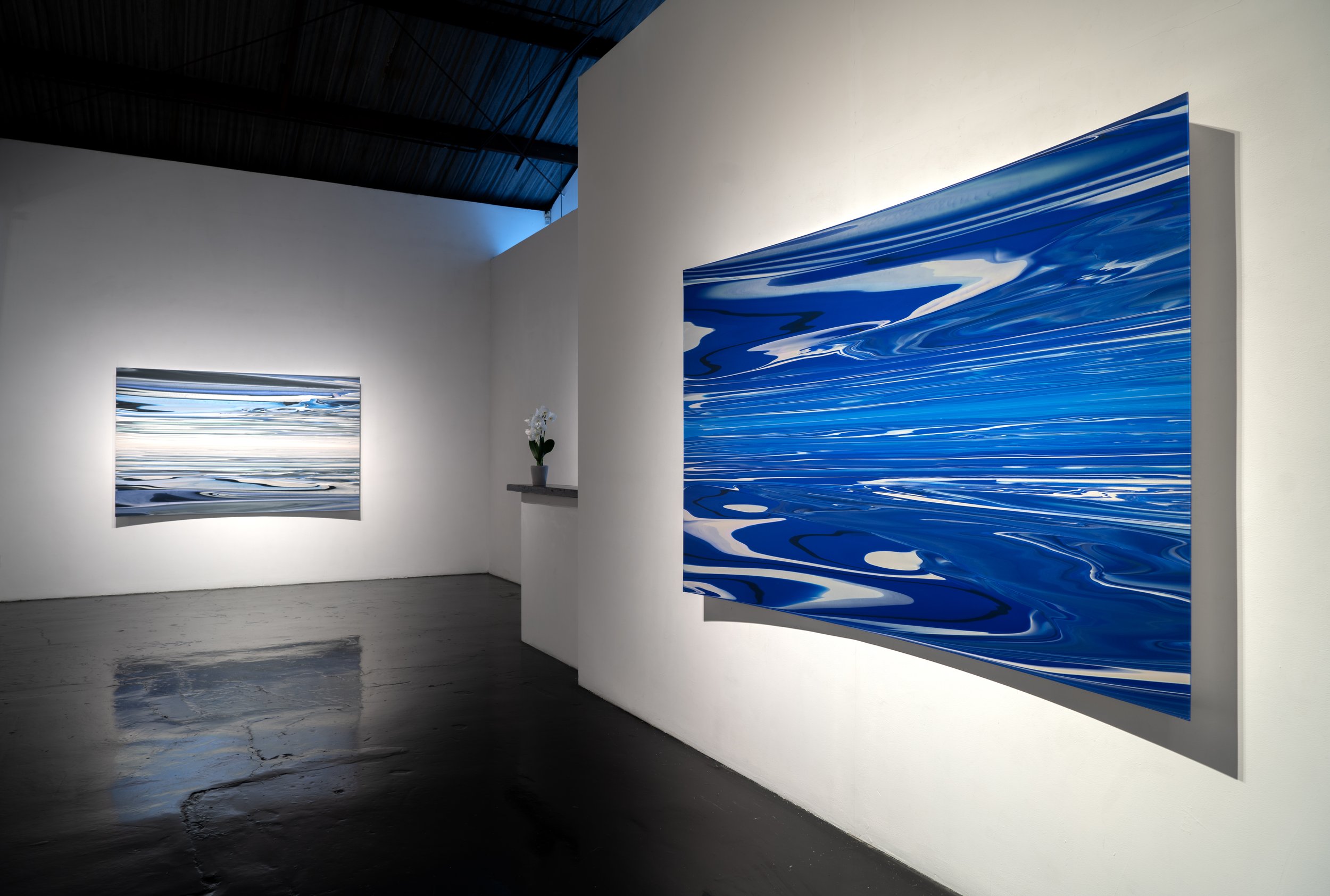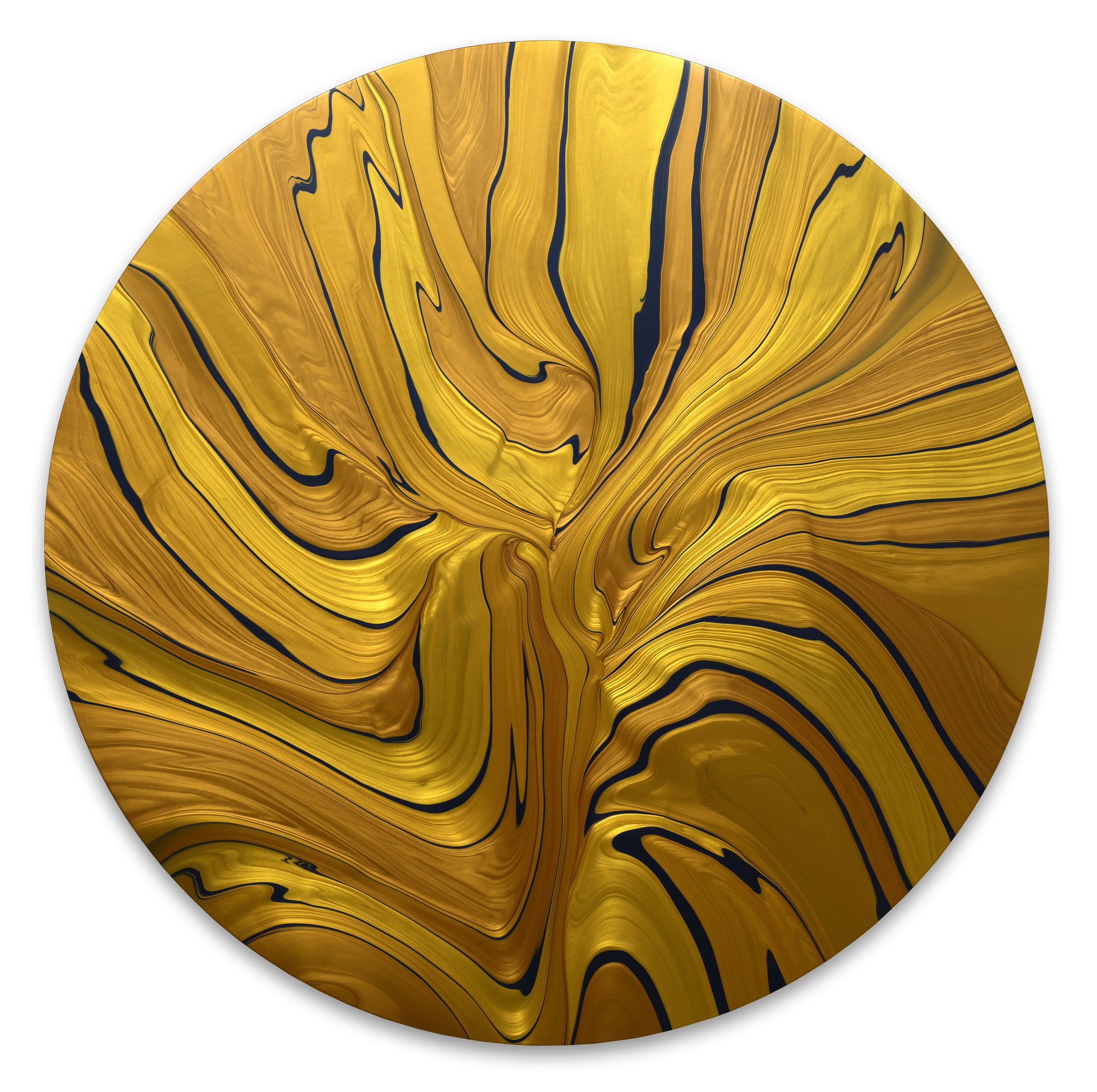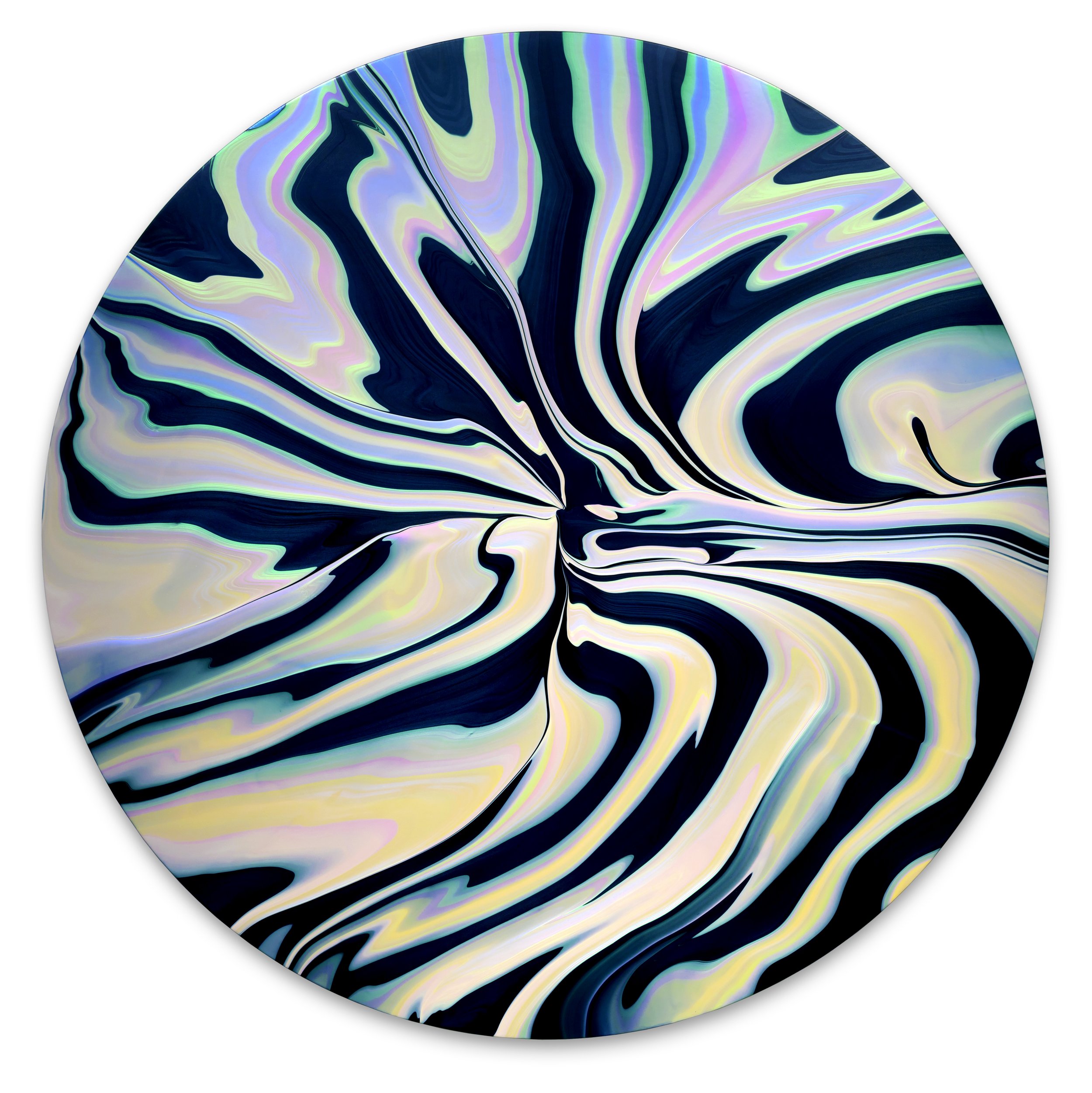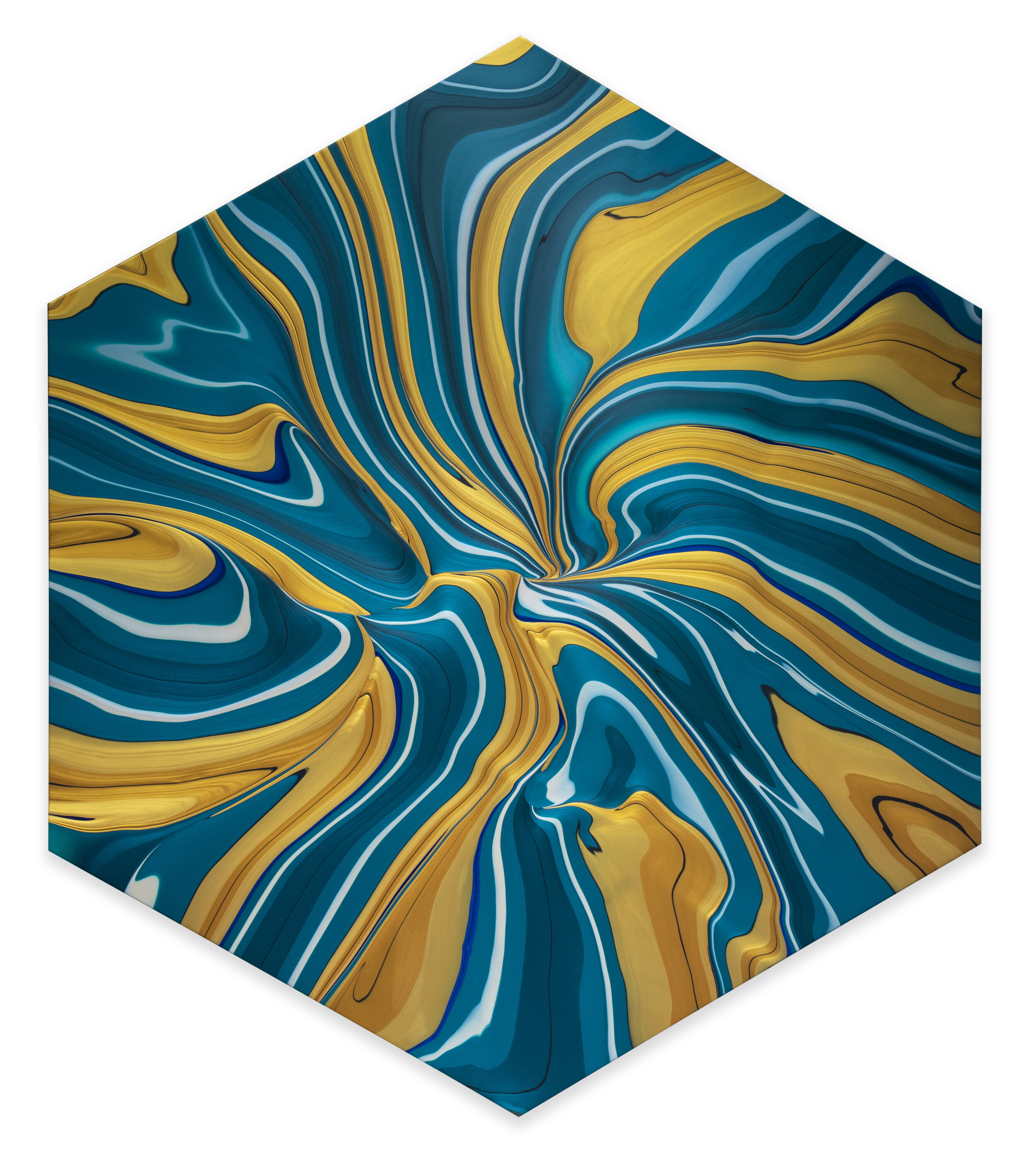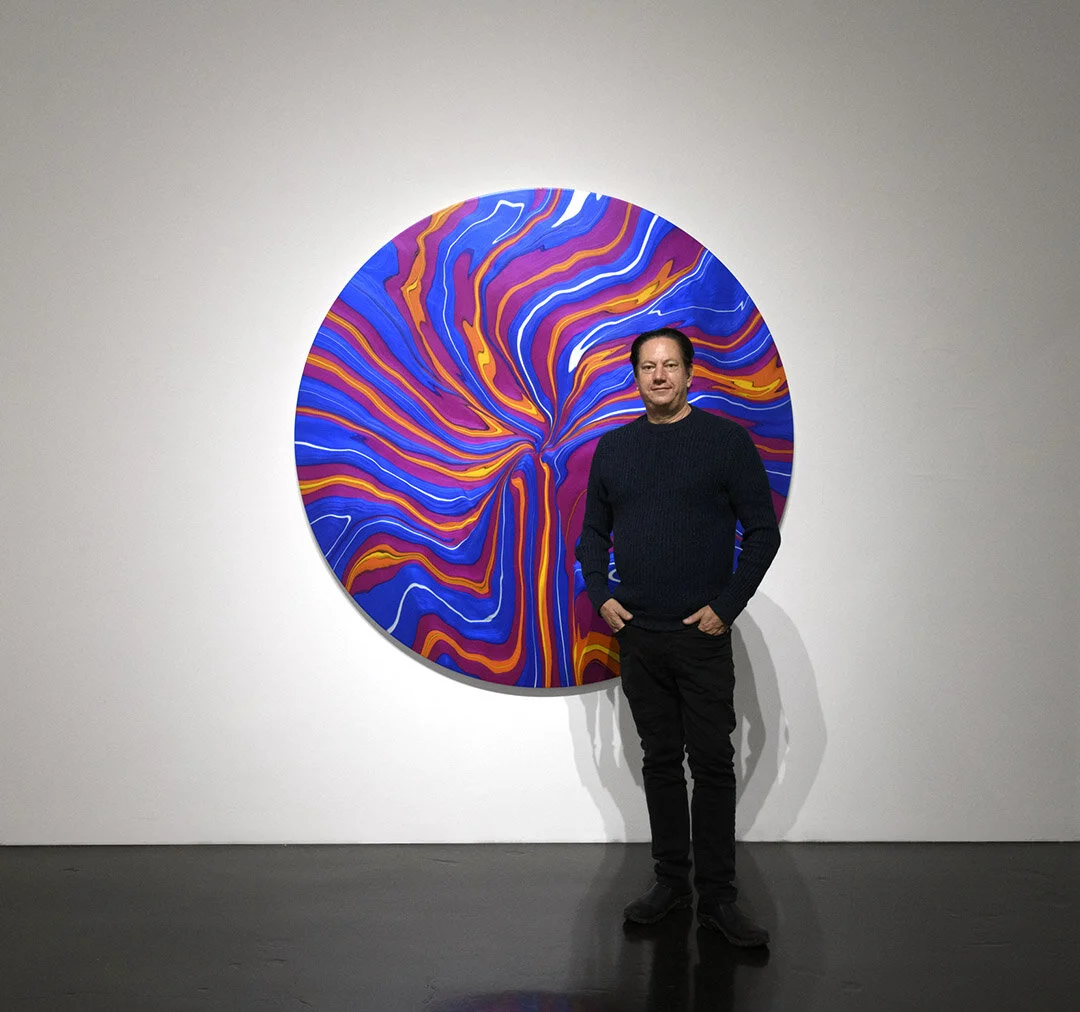Opening Tonight at William Turner Gallery - Greg Miller: True Romance & Jennifer Wolf: Utopalypse
/William Turner Gallery is pleased to present True Romance, a solo exhibition by Greg Miller. Celebrated for his visually arresting and conceptually layered collages, Greg Miller continues his decades-long excavation of American mass media, memory, and myth-making. In this newest body of work, True Romance, Miller revisits the imagery that has long defined his practice—pulp fiction, billboard advertisements, vintage comics, magazine spreads, and Hollywood’s golden illusions—reassembling these cultural fragments into densely layered vignettes that are both nostalgic and interrogative.
Working in his signature blend of photorealism, gestural abstraction, and mixed-media collage, Miller constructs what might be described as visual archaeology. His compositions are not passive reflections of bygone Americana but rather active interrogations of how memory, media, and identity are constructed. Like an anthropologist of postwar culture, Miller peels back the layers of the American psyche, embedding his canvases with found texts, clipped advertisements, and iconographic symbols that shaped mid-century ideals of beauty, power, and romance.
While rooted in the seductive visual language of the 1950’s and 60’s, Miller’s work resists simple nostalgia. The cracked surfaces, distressed textures, and time-worn materials suggest not preservation but erosion—an acknowledgment that the past is as much invention as recollection. The romanticism embedded in these works—echoed in the exhibition’s title—is deliberately ambivalent, positioned somewhere between genuine longing and critical detachment.
Los Angeles, Miller’s longtime home and an enduring muse, reappears here as both setting and subject. Its palm-lined streets, glamour-soaked iconography, and ever-present mythos provide the perfect backdrop for the artist’s ongoing dialogue with American visual culture. In Miller’s hands, LA becomes a collage of its own: sexy, mysterious, dangerous.
True Romance is more than a nostalgic ode; it is a cinematic montage of American desire, loss, and reinvention. Like the pulp novels and romance comics it references, each piece in the show contains a narrative—some suggested, some obscured, all inviting exploration. In Miller’s world, nothing exists in a vacuum; every image, every word is part of a larger, layered story. And in tracing those layers, we find not just echoes of a collective past, but clues to how that past continues to shape our present.
GREG MILLER: TRUE ROMANCE
JUNE 21 - AUGUST 16, 2025
Opening Reception: Saturday, June 21, 2025
William Turner Gallery is pleased to announce Utopalypse, a solo exhibition of new works by Jennifer Wolf. Utopalypse merges two seemingly opposing forces: utopia, the ideal or perfect place, and apocalypse, a moment of revelation often associated with collapse or ending. This fusion forms the conceptual core of Jennifer Wolf’s new exhibition, where the aspiration for beauty, harmony, and renewal exists alongside a deep awareness of fragility, decay, and transformation.
The works in this series live within this tension. Created with natural dyes on silk, the materials themselves embody this duality. The pigments, once used in some of the world’s earliest and most enduring artworks, carry a deep material history—rooted in ritual, craft, and reverence for the natural world. The silk, luxurious yet delicate, becomes a vessel not just for color, but for memory—shimmering with echoes of both ancient practices and personal exploration.
The process resists total control, giving space for accidents, bleeding edges, and organic movement. In this way, the paintings mirror larger ecological and emotional truths: that what is most beautiful is often also most vulnerable. The work asks us to consider what we preserve, what we inherit, and how we carry forward the traditions of making and meaning in an increasingly unstable world.
Utopalypse doesn’t ask us to choose between hope and loss. Instead, it suggests that both exist simultaneously. In an era of synthetic saturation and environmental detachment, Utopalypse is both a reflection and a rupture: a dreamscape touched by the apocalypse of disconnection, and a gentle reclamation of the primal relationship between art, earth, and the human hand. The utopian impulse—toward wholeness, toward peace— is not extinguished by the awareness of collapse, it’s deepened by it. These works invite the viewer to feel that complexity: a moment of beauty caught in the act of becoming something else.
Wolf holds a BA in Art History from UCLA and an MFA from Otis College of Art and Design. A lifelong California resident, she has exhibited widely and has collaborated with William Turner Gallery since her first solo show in 2004.
JENNIFER WOLF: UTOPALYPSE
JUNE 21 - AUGUST 16, 2025
Opening Reception: Saturday, June 21, 2025







